IAQ IQ, Fall, 2018
© 2018, Jeffrey C. May
This is an updated version of an article I wrote12 years ago, when many of you weren’t receiving these newsletters.
Why do soot particles deposit on ceilings in spots above incandescent bulbs? Or on walls above baseboard heating convectors or radiators? Can a crawl space under only part of a house have a negative effect on the air quality in the rest of the building?
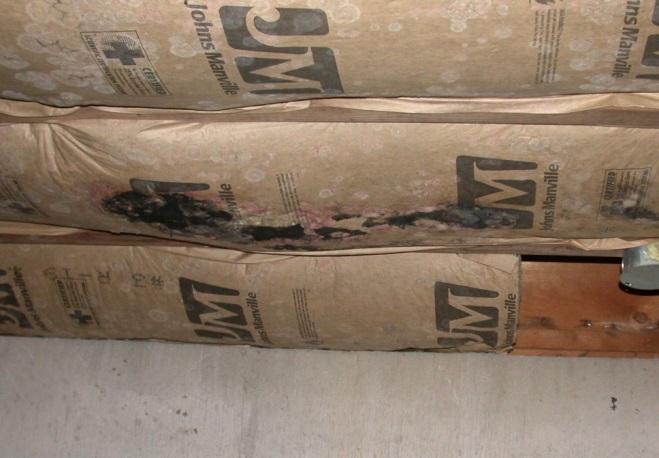
To answer these questions, it’s important to understand how fluids behave.
Let’s start by defining the word “fluid.” Webster’s on-line dictionary defines the word thusly: “having particles that easily move and change their relative position …. and that easily yield to pressure: capable of flowing.”
That seems obvious when we think of liquids like water, coffee and tea, but what about air? Air is a fluid, too, and like water, it moves and can carry gases, vapors and particles in its flows.
You know that air flows when you feel the wind outside on your face, or hear leaves on a tree rustle in a breeze. Air also flows inside a building, which is why people who live in multi-unit buildings can smell cooking odors and cigarette smoke from other apartments.
Density affects the flow of fluids. Weight is a measure of the relationship between mass and gravity. Density is a measure of the mass or quantity that a given volume of matter contains. The water in the tub obviously weighs more than the water in a cup. The density of water in a cup, however, will be the same as the density of the same water in a bathtub, as long as the temperature of the water in both the cup and the bathtub is the same.
Why does temperature matter when talking about density? Because heating a fluid like water or air causes the molecules to move faster and slightly further apart, and this decreases the density (the same amount of matter takes up more space). When a fluid is cooled, the molecules slow down and move slightly closer together, so the matter takes up less space, and the density increases.
Substances that are less dense float on substances that are denser. Warm water is less dense than cold water. Lake water in summer can be quite stratified, because the warmer water floats on the cooler water.
Did you ever swim in a lake, when the water near the top part of your body is warmer than the water at your feet?
Cooler air is denser than warmer air, so cooler air sinks and warmer air rises. Air near cool exterior walls (walls that face the exterior) in a house that isn’t that well insulated will be cooled and sink, and warmer air in the middle of the room will rise to the ceiling and then flow down the exterior walls, creating a cycle of fluid movement called convection.
What does all this have to do with indoor air quality? Plenty, it turns out.
In the winter in a heated building with an elevator shaft, warm air rises and leaks out of the shaft at the upper levels and out of the building; this convective cycle of airflow is called the “stack effect.” The air from the lowest levels may carry soot, carbon monoxide and diluted fuel vapors from an underground garage. If the building’s lowest level is below-grade and there has been water intrusion or the relative humidity has not been adequately controlled in the space, the air may contain mold spores. These contaminants and allergens can spread on air flows from the lower level into habitable spaces above.
Some species of mold can grow when the relative humidity is over 80%. Below-grade spaces are naturally cool and damp and are thus prone to developing mold-growth problems if the relative humidity (RH) is not being adequately controlled. Unfortunately, even if the RH is being currently adequately controlled, if the RH was not always adequately controlled throughout the history of the building, there is reason for concern. Old mold growth may still be present, and mold remains potentially allergenic, even when dead.
Soot: Soot particles stick on indoor surfaces. If the deposits are even, you may not notice them until you remove a picture from a wall and see the “cleaner” wall surface beneath.
Soot staining from particles is heaviest above an incandescent light bulb close to the ceiling, because air flow upward is more concentrated just above the light (warmed air rises). Soot particles in the rising column of air therefore collide more frequently with the ceiling surface above the bulb as compared to other ceiling surfaces.
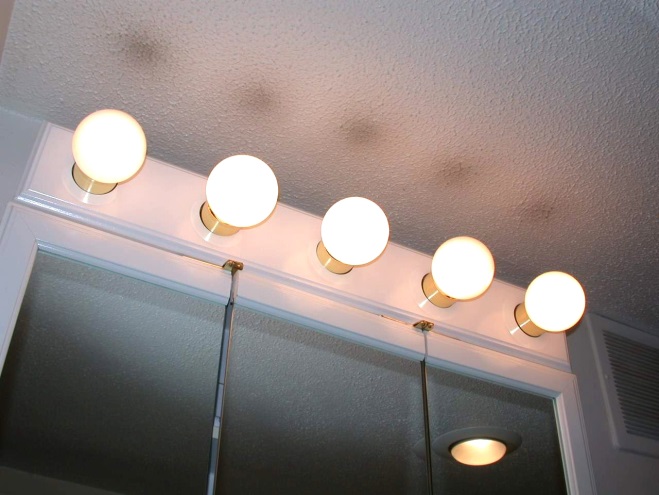
Soot deposits can also be heavier above warm radiators and baseboard heating convectors for the same reason – where soot patterns delineate air flows.
Who cares about soot? I think we should all be concerned, not only because soot particles stain wall and ceiling surfaces and thus cause cosmetic damage, but also because soot particles contain carcinogens such as benzo(a)pyrene. And these particles are small enough to be breathed deep into the lung and even pass directly through capillary walls and into the blood stream.
Soot particles on dusty surfaces can become airborne if the dust is disturbed. If the surfaces also contain allergens like mold spores or pet-dander particles, the soot particles that came in contact with those allergens could be “surrogate allergens” (the way powder on latex gloves can carry the latex allergens): another exposure threat.
Sources of soot include poorly tuned mechanical equipment, poorly vented or unvented gas fireplaces, car exhausts from attached garages, and believe it or not, jar candles. If you notice a jar candle in a home and the jar rim is black with soot, then the candles are producing unhealthy soot along with those “pleasant” fragrances (which I also don’t like, since fragrances are chemicals that add to the chemical load of indoor air that we inhale on a daily basis).
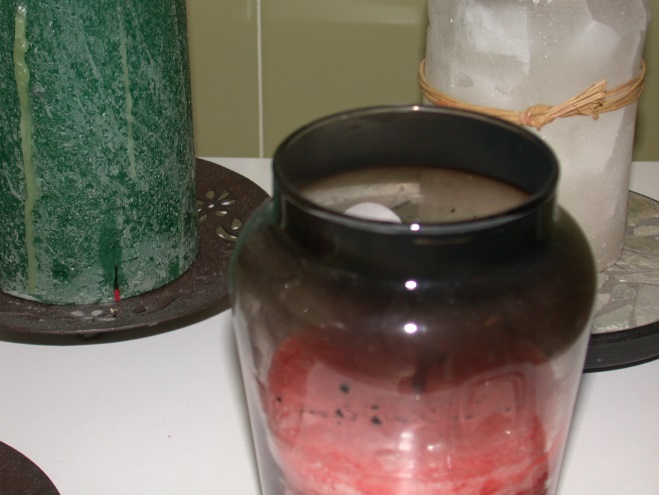
Ducts: One of the things I wondered about for years was why the horizontal first-floor ducts in hot-air heating systems were often dusty only at the bottom half.
One day the simple explanation hit me. In winter, after the furnace shuts down, warm air continues to rise out of the duct system by convection. At the same time, cooler air from the home must enter a duct to replace the air that flows out. The supply air has few particles since it is filtered, but the house air entering and then sinking in the duct is full of dust particles; these settle onto the bottom of the duct.

Garages: If you are inspecting an attached garage, warn your Clients not to warm up a car in the space. They also shouldn’t store cans of gasoline or open cans of paint in the garage. Combustion, gas and paint fumes can flow on air into habitable areas of the home, resulting in human exposure to these contaminants.
Basements and crawl spaces: I can’t tell you how many times I’ve heard Clients say, “I don’t care about conditions in the crawl space. I don’t intend to go down there, anyway.” Even if they don’t enter a basement or crawl space, occupants breathe air that rises up from such spaces due to the stack effect.
Air from below-grade spaces can carry mold spores and other contaminants. Carbon monoxide, for example, is emitted from mechanical equipment as part of the hot combustion gases, which if not vented properly to the exterior, can rise up to the basement ceiling and move along until they reach the basement stairs, where they rise up to the first floor.
If there are substantial gaps and openings or windows between a basement and crawl space, warm air will flow at the top of the opening from the basement into the crawl space, where it cools, falls to the floor, and flows back into the basement.

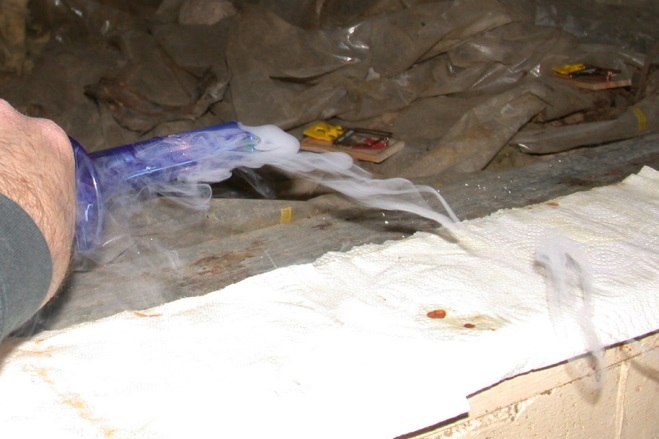
This air can carry mold and pest odors, mold spores and other irritants from the crawl space itself. These irritants can then move with airflows up the basement stairs into the rooms above.
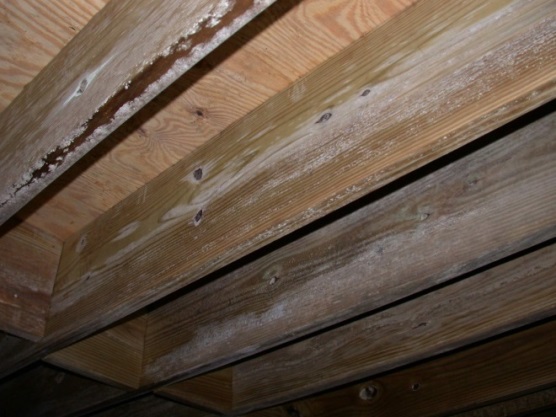
Refer your Clients to our books on indoor air quality for further guidance (published by Johns Hopkins University Press and available on amazon.com – authors Jeffrey C. May and Connie L. May).
Wishing all of you a Happy Thankgiving.
Jeff
Tip for home inspectors: A Wizard Stick is a children’s toy but also a nifty tool. It emits non-toxic “smoke” and can be used to track airflows. It’s available for under $45 on Amazon as well as through Zero Toys.
